Day and Dastan
By: Intizar Hussain
-
Rs 715.50
- Rs 795.00
- 10%
You save Rs 79.50.
Due to constant currency fluctuation, prices are subject to change with or without notice.
Intizar Husain is the finest writer of Urdu prose and the most brilliant story-teller of the post-partition generation. The two novellas, Day and Dastan (Din Aur Dastan), his favourite texts, show his versatility and fictional inventiveness. Day, a realistic story, is a meditation on the cruellest of events to have scarred our times – migrations. When people are forced to move to new homes or new geographies, they only recall a mix of uncanny facts, streets lost in sad nostalgias, fantasies of lovers, parables of simple things, or an unending romance about a possible life and a world. When physical geographies are redrawn, moral landscapes become so bewildering as to leave one emotionally paralysed. As in Intizar Husain’s other work, India’s partition haunts the tale like an inexplicable shadow. In contrast, Dastan is a traditional tale of wonder. Its language is lyrical and exaggerated; its narrative, obsessed with action, weaves dreams and adventure, heroism and mercy, beauty and love, magic and grace. It is located in another time of turmoil and uncertainty when mysterious forces cause havoc in nature and societies rise up suddenly to avenge old wrongs. The 1857 war of independence is prophesied by a mysterious faqir; rivers suddenly break their banks; an old haveli is left desolate; a princess weeps beside a fountain; a parrot shows a soldier the road to take; and hope of political change is fatally lost. Intizar Husain is neither a social critic nor a preacher; he is a story-teller – a supreme one.
Intizar Husain is the finest writer of Urdu prose and the most brilliant story-teller of the post-partition generation. The two novellas, Day and Dastan (Din Aur Dastan), his favourite texts, show his versatility and fictional inventiveness. Day, a realistic story, is a meditation on the cruellest of events to have scarred our times – migrations. When people are forced to move to new homes or new geographies, they only recall a mix of uncanny facts, streets lost in sad nostalgias, fantasies of lovers, parables of simple things, or an unending romance about a possible life and a world. When physical geographies are redrawn, moral landscapes become so bewildering as to leave one emotionally paralysed. As in Intizar Husain’s other work, India’s partition haunts the tale like an inexplicable shadow. In contrast, Dastan is a traditional tale of wonder. Its language is lyrical and exaggerated; its narrative, obsessed with action, weaves dreams and adventure, heroism and mercy, beauty and love, magic and grace. It is located in another time of turmoil and uncertainty when mysterious forces cause havoc in nature and societies rise up suddenly to avenge old wrongs. The 1857 war of independence is prophesied by a mysterious faqir; rivers suddenly break their banks; an old haveli is left desolate; a princess weeps beside a fountain; a parrot shows a soldier the road to take; and hope of political change is fatally lost. Intizar Husain is neither a social critic nor a preacher; he is a story-teller – a supreme one.
Zubin Mehta: A Musical Journey (An Authorized Biography)
By: VOID - Bakhtiar K. Dadabhoy
Rs 840.00 Rs 1,050.00 Ex Tax :Rs 840.00
Versailles The shockingly sexy novel of the hit TV show
By: Elizabeth Massie
Rs 796.00 Rs 995.00 Ex Tax :Rs 796.00
Versailles The shockingly sexy novel of the hit TV show
By: Elizabeth Massie
Rs 796.00 Rs 995.00 Ex Tax :Rs 796.00
No recently viewed books available at the moment.
Zubin Mehta: A Musical Journey (An Authorized Biography)
By: VOID - Bakhtiar K. Dadabhoy
Rs 840.00 Rs 1,050.00 Ex Tax :Rs 840.00
Versailles The shockingly sexy novel of the hit TV show
By: Elizabeth Massie
Rs 796.00 Rs 995.00 Ex Tax :Rs 796.00















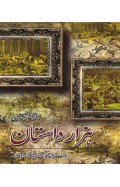

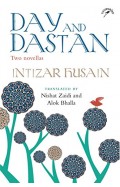


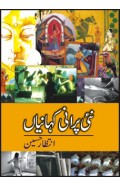

-120x187.jpg?q6)






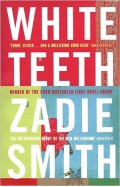


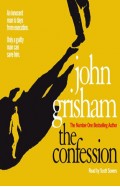
-120x187.jpg?q6)



-120x187.jpg?q6)